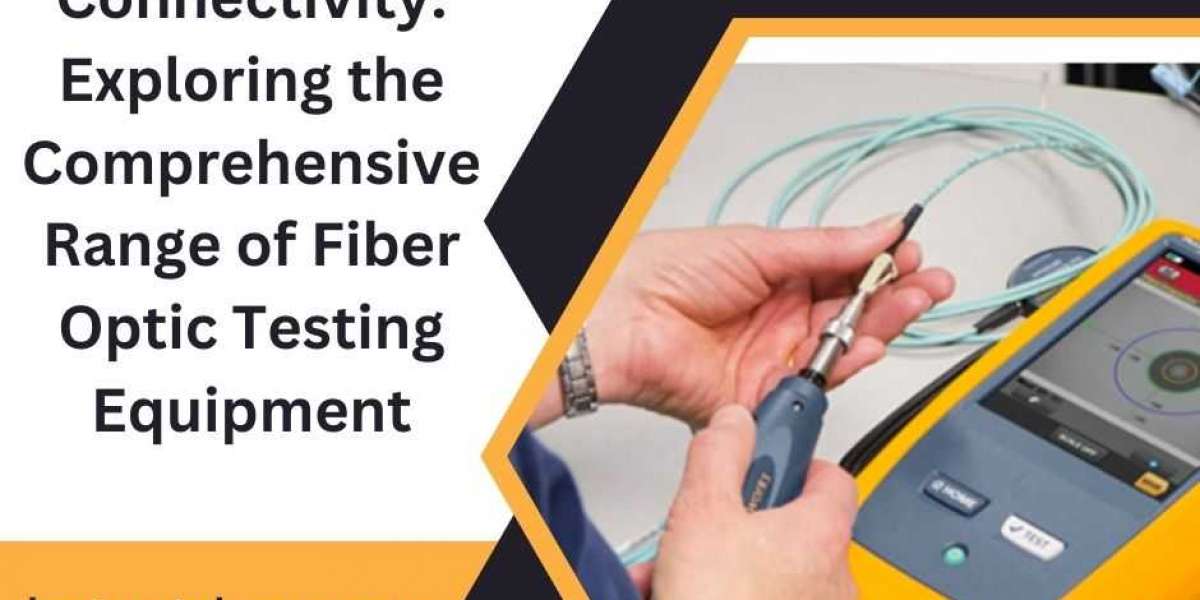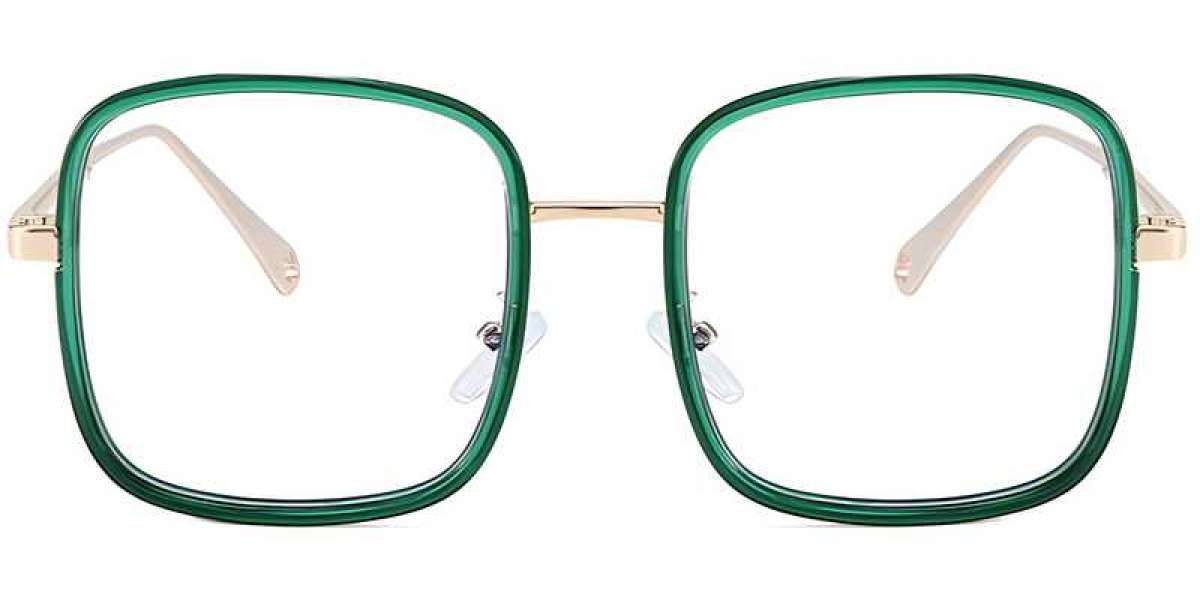Introduction:
In the fast-paced world of telecommunications, where data transfer speeds and reliability are paramount, fiber optic networks have become the backbone of seamless connectivity. Ensuring the efficiency and integrity of these networks requires sophisticated testing equipment. In this article, we delve into the importance of fiber optic testing and explore the comprehensive range of equipment that plays a pivotal role in maintaining the health of these networks.
The Significance of Fiber Optic Testing:
Fiber optic testing is a crucial aspect of network maintenance, installation, and troubleshooting. It involves assessing the performance of optical fibers and identifying potential issues that may hinder data transmission. The key objectives of testing include verifying signal quality, measuring power levels, and detecting any losses or anomalies in the network.
The Comprehensive Range of Fiber Optic Testing Equipment:
Optical Time Domain Reflectometers (OTDRs):
- OTDRs are essential tools for characterizing the length and attenuation of optical fibers. They emit pulses of light and analyze the reflections to pinpoint breaks, bends, or other issues within the fiber.
Power Meters:
- Power meters measure the optical power in a fiber optic system. They are crucial for ensuring that signals are transmitted at the required power levels, preventing issues like signal degradation or complete loss.
Light Sources:
- Complementary to power meters, light sources emit a stable light signal into the fiber. By comparing the transmitted and received power levels, technicians can evaluate the overall health of the optical link.
Visual Fault Locators (VFLs):
- VFLs are compact devices that emit visible light into the fiber, making it easy to identify breaks, bends, or faulty connectors. They are particularly useful for quick visual inspections.
Fiber Identifiers:
- These tools help technicians identify a specific fiber within a bundle without disrupting the network. Fiber identifiers are non-intrusive and save time during maintenance or troubleshooting.
Fiber Inspection Microscopes:
- Ensuring the cleanliness of fiber connectors is crucial for optimal performance. Fiber inspection microscopes enable technicians to examine connector end faces for dirt, scratches, or other contaminants that may degrade signal quality.
Polarization Mode Dispersion (PMD) Analyzers:
- PMD analyzers assess the polarization characteristics of the optical signal. This is vital for high-data-rate systems, as PMD can cause signal distortion.
Chromatic Dispersion Analyzers:
- Chromatic dispersion analyzers measure the spreading of different wavelengths in the optical signal, preventing issues like signal distortion and ensuring data integrity.
Conclusion:
In the ever-evolving landscape of telecommunications, a robust and reliable fiber optic network is essential. The comprehensive range of fiber optic testing equipment plays a pivotal role in maintaining the health and efficiency of these networks. As the demand for higher data speeds and increased reliability continues to grow, investing in advanced testing equipment becomes paramount for businesses and service providers aiming to stay at the forefront of connectivity.







